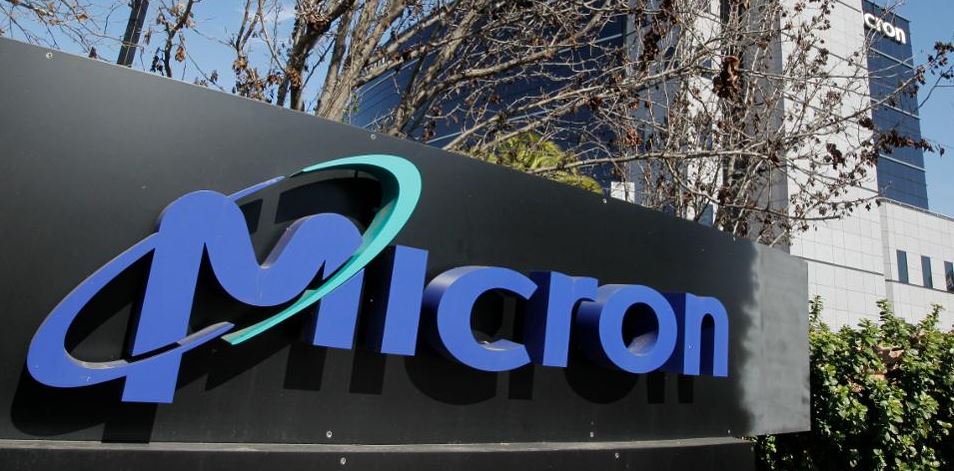by Jeffrey Kleintop, Senior Vice President and Chief Global Investment Strategist, Charles Schwab & Co., Inc.
Key Points
- The U.S. bond market historically has been a good indicator of peaks in international stock markets.
- This is now important since the yield curve in the U.S. has flattened more than in Europe.
Whenever the U.S. yield curve inverts, as the yield on 3 month government bonds rises above the yield on 10 year government bonds, debates reemerge about how effective this signal is at forecasting peaks in U.S. economic and stock market performance. Less discussed is how useful a tool it has proven to be for signaling peaks in non-U.S. stock markets. This is especially important now that the yield curve in the U.S. has flattened more than in Europe.
The U.S. Yield Curve: 50 years of accurately signaling peaks in international stocks

Weekly data since inception of MSCI EAFE Index at end of 1969. Past performance is no guarantee of future performance. Source: Charles Schwab, Bloomberg data as of 8/31/2018.
The six arrows in the above chart show the inversions of the U.S. yield curve ahead of the shaded areas that mark global recessions since 1969. Over the nearly 50 year period, the inversions came about one year before each global recession, but more significantly, came close to the cyclical peak in international stocks.
A. Inversion in June 1973 was about 3 months after the stock market cyclical peak in March 1973. Stocks had already shed about -5% but were to lose a total of -46% in a bear market that ended in October 1974.
B. Inversion in November 1978 was the same day as the stock market peak and stocks began a long sideways move in a narrow range that ended in 1980 with a loss of -7%.
C. Inversion in October 1980 was the same day as the stock market cyclical peak, ahead of a -27% decline that ended in August 1982.
D. Inversion in June 1989 was 6 months before the stock market cyclical peak in December 1989. Stocks rose another 15% before falling -32% in a bear market that ended in September 1990.
E. Inversion in July 2000 was about 3 months after the March stock market cyclical peak. Stocks had barely started their decline with a -5% loss as the inversion took place, then proceeded to decline for more than two years with a loss of -50%.
F. A bit of an outlier, the August 2006 inversion was about 14 months before the October 2007 stock market cyclical peak. This was a longer than usual lag and stocks continued to rise, but the global financial crisis soon followed, resulting in a -60% peak-to-trough loss.
The fact that the U.S. yield curve inverted after the cycle peak in international stocks on two occasions isn’t that meaningful for two reasons:
- The yield curve was very flat (< 20bps) as the stock market peaked giving a strong warning of the rapidly approaching inversion.
- Missing the peak by a few months didn’t result in substantial losses (only -5% to -6%) relative to the depth and duration of the bear market that followed those cases (huge -46% to -50% declines).
While the yield curves of individual countries often do a better job of predicting recessions in their domestic economies, the U.S. yield curve does a better job of measuring global economic conditions that matter more to broad international stock markets. Why is the U.S. yield curve so much better at gauging global economic conditions? For one thing, the U.S. is the world’s largest economy and therefore a major source of demand for global companies. In addition, the U.S. government bond market is the largest and most liquid in the world, which may mean it better reflects global conditions and is less susceptible to domestic influences than other countries’ bond markets.
Whatever the reasons, the U.S. yield curve has done a remarkable job signaling peaks in international stocks. While there can be no guarantees it will always do just as well, the successful track record over the diverse political and economic environments over the past 50 years provides good reason to watch it closely. This is important now since the yield curve in the U.S. is now flatter than in Europe (where the MSCI EAFE Index gets more than 60% of its market capitalization).
Yield curve in U.S. now flatter than in Europe

Eurozone yield curve represented by German 3 month and 10 year bonds.
Source: Charles Schwab, Bloomberg data as of 8/31/2018.
We may still be some time from an inversion in the U.S. yield curve, suggesting international markets may still have some upside. However, an important message from the U.S. bond market, if the U.S. yield curve does invert, is that international stocks may be close to a peak even without inversion in the yield curves of other countries.
Copyright © Charles Schwab & Co., Inc.















